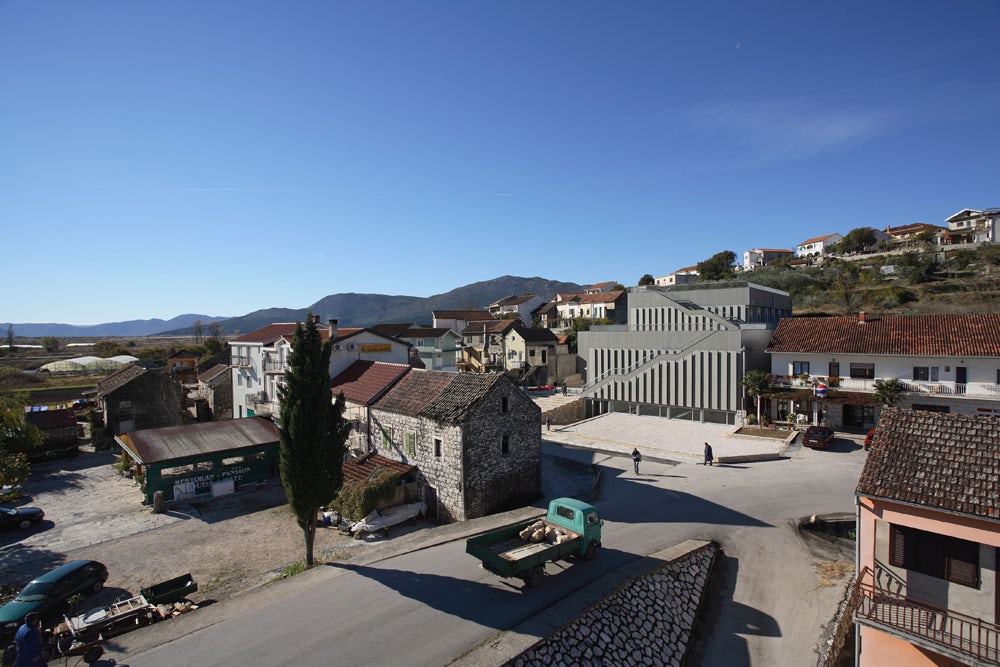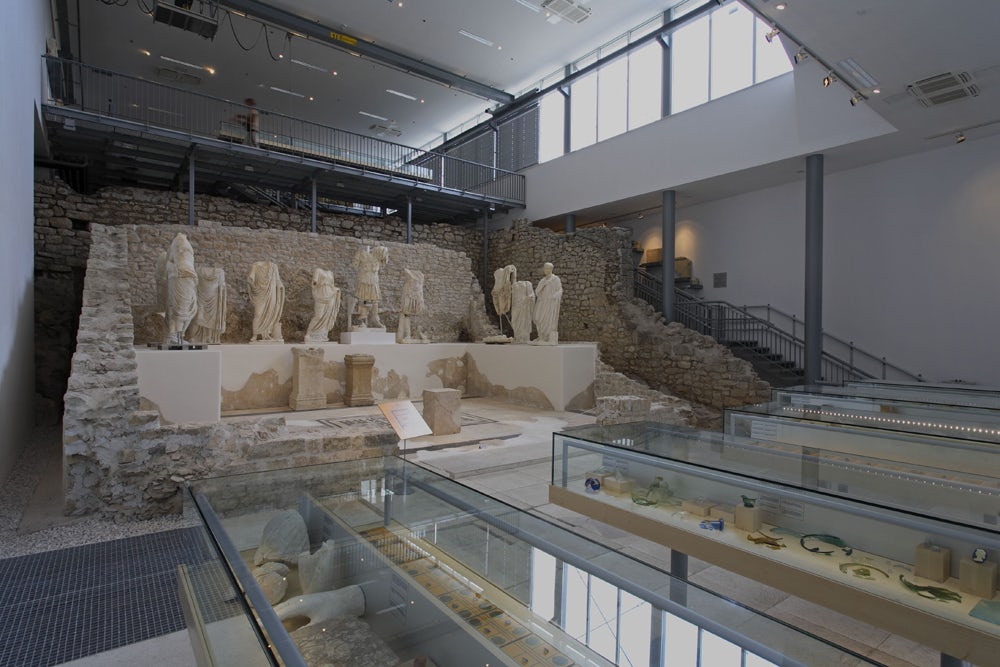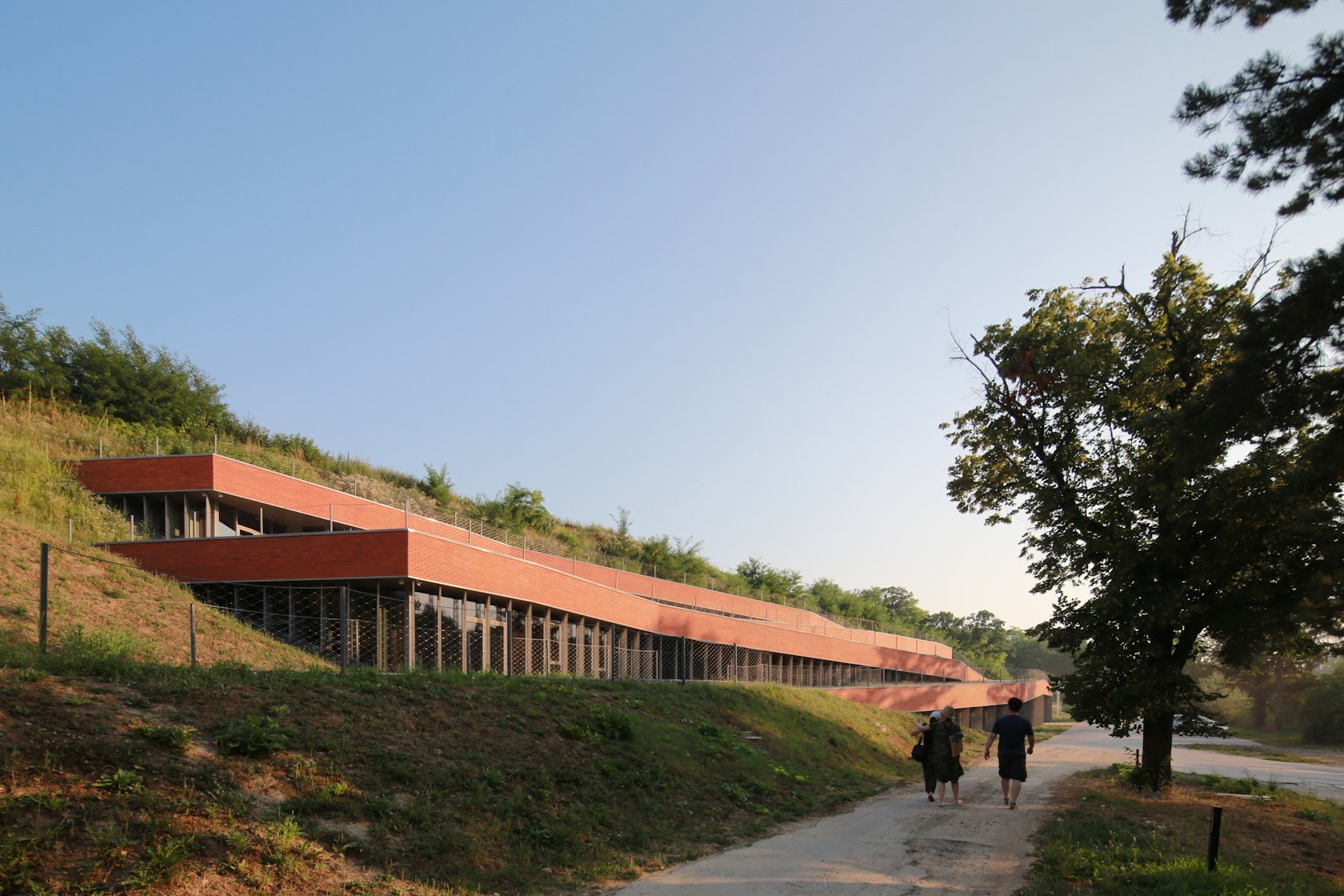Like many European countries, Croatia has a complex history spanning millennia. Organized as duchies, a kingdom, a union, and finally an independent unitary state, the nation has a high-income economy and a unique architectural background. Located in the heart of the Mediterranean and Central Europe, the sovereign state contains more than 1,000 islands and diverse landscapes that have shaped its built environment. Mostly a continental and Mediterranean climate, Croatia’s geography ranges from the hills of Hrvatsko Zagorje to the plains of Slavonia, engendering unique building traditions and construction methods tied to the country’s natural conditions.
Beyond geography and landscape, there are many economic and social forces that are actively shaping Croatia’s culture. With numerous public institutions and corporate investments in publishing and media, Croatia has established a high level of human development and aims to preserve its heritage at both the local and national level. Blending Eastern and Western influences, as well as Mitteleuropa and Mediterranean culture, the country’s built environment reflects an eclectic mix of designs. Taking a closer look at Croatia’s cultural projects, the following collection showcases these exciting proposals and their public and creative nature.

© Robert Leš Professional Photography

© Robert Leš Professional Photography
Pope John Paul II Hall by Randić Turato, Rijeka, Croatia
Located in one of the most important pilgrimage sites in Croatia, this Great Hall was designed alongside the Pope’s visit to Rijeka. Housing cultural activities of the monastery, the project also creates a new major entrance for the pilgrims and a large public walk. A pixelated terra-cotta volume was designed to filter light inside the structure while a columned portico forms a new public square outside.

© Studio 3LHD

© Studio 3LHD
Zagreb Dance Centreby Studio 3LHD, Zagreb, Croatia
Built to revitalize one of the old cinema buildings in Zagreb, this new dance center provides a home for the city’s 40 dance troops. Located only 328 feet from Zagreb’s main square, the project was placed in the old cinema shell to create multipurpose studios, dressing rooms, admin areas and library space.

© MVA / Mikelić Vreš Arhitekti

© MVA / Mikelić Vreš Arhitekti
Histria Aromatica Homestead by mva – mikelić vreš arhitekti, Bale, Croatia
Created as part of an agricultural-tourist complex, this homestead is located in the municipality of Pizanovac Bale in Istria. With views of the Istrian coast and the Brijuni archipelago, the project includes a restaurant, residence and museum that were ‘curved’ around a central square and gathering area.

© Morana Vlahović

© Morana Vlahović
Lauba House, Zagreb by Morana Vlahović, Zagreb, Croatia
Originally a riding arena constructed for the Austro-Hungarian Cavalry in 1910, this building was transformed into a contemporary art space. New exhibition spaces and offices were created while the façade was turned into a black monolithic surface.

© radionica arhitekture

© radionica arhitekture
Narona Archaeological Museum by Radionica Arhitekture, Vid, Croatia
Built above the remains of the ancient temple of Augustus, the Narona Archaeological Museum explores both materiality and scale. Designed to respond to its collection and its context, the project includes multiple surfaces and ramps that connect across the project and its roof.

© Studio 3LHD

© Studio 3LHD
Zamet Centre by Studio 3LHD, Rijeka, Croatia
Combining multiple programmatic uses, including a sports hall, library, garage and local community office, the new Centre Zamet expands across its site in Rijeka. With programs both above and below ground, the design was created as a series of ribbons that delineate areas and connect public spaces through an unfolding landscape.

© Studio 3LHD

© Studio 3LHD
Mulini Beach by Studio 3LHD, Rovinj, Croatia
Designed as two primary elements, the Mulini Beach project is sited on the exit from the central part of Rovinj. A smooth, continuous topographic surface was used to extend a promenade to a pebble beach and a bar pavilion with a floating pergola roof.

© Boris Cvjetanovic

© Bernfest Architecture
Vucedol Culture Museum by Radionica arhitekture + Vanja Ilic, Vukovar, Croatia
Located in one of the most important eneolithic sites of Eastern Europe, the archaeological site of Vučedol and its Culture Museum is located downstream from the town of Vukovar on the bank of the Danube. Surrounded by woodland and vineyards, the project includes space for research, the museum, craft workshops and admin areas. Conceptually, the building integrates into the terrain and is seemingly buried into the ground.




